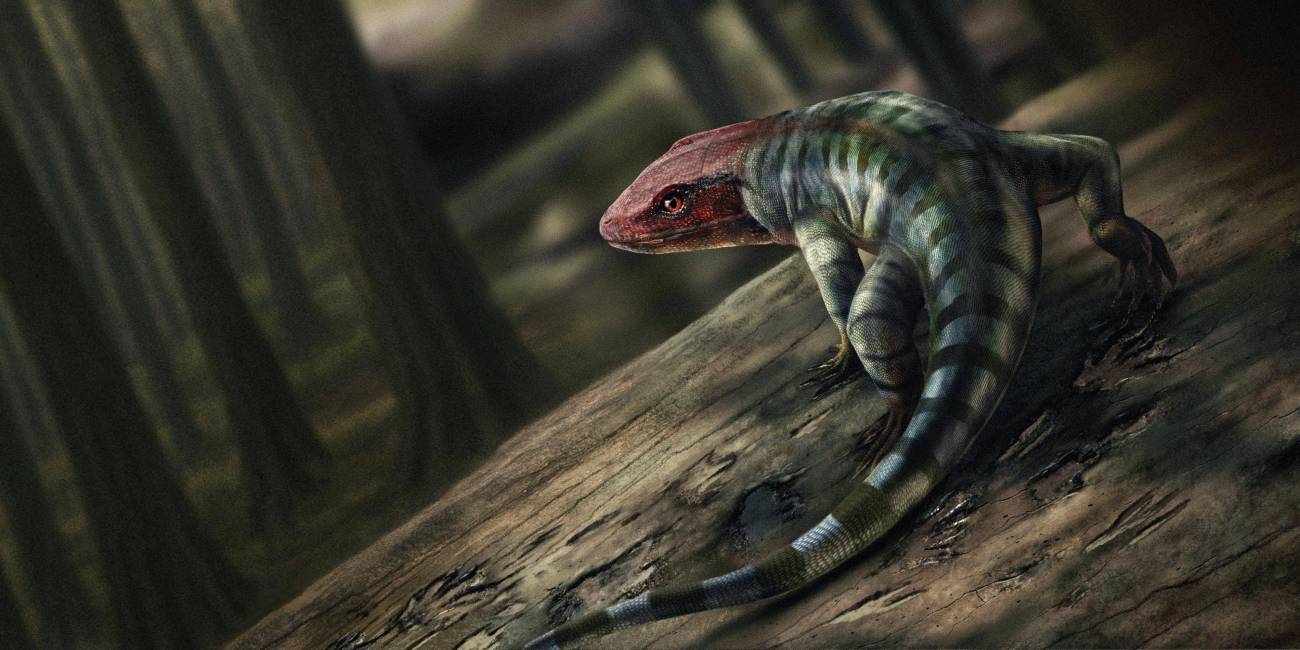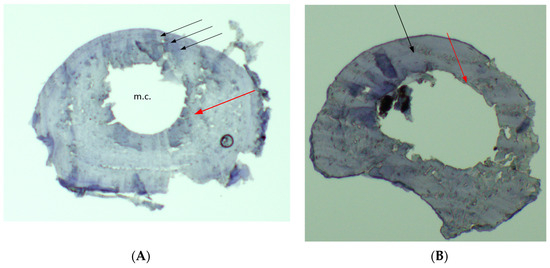El estudio analiza la dinámica poblacional del tritón jaspeado pigmeo (Triturus pygmaeus) en una charca temporal en suelo urbano en Córdoba (España) evaluando el efecto de la precipitación y el hidroperiodo en el éxito de metamorfosis. Leer más.





Our phylogenetic analysis places the species within the Ranitomeya vanzolinii clade, and all delimitation methods confirmed its status as a new species. Leer más.

Un estudio sobre restos fósiles hallados en una roca en Australia apunta a que el origen de los amniotas, ancestro común de mamíferos, reptiles y aves, ocurrió entre 35 y 40 millones de años antes de lo que se pensaba. Leer más.

Mediante la iniciativa ‘Naturalización de las aulas’ el alumnado ha cuidado durante todo el curso a decenas de ejemplares de esta especie clasificada vulnerable a la extinción. Leer más.

The genus Pelophylax shows a complex taxonomic structure, encompassing hybridogenetic and cryptic species. The water frogs display various types of mitochondrial and nuclear DNA, including forms with invasive haplotypes that are prevalent in the northern and northeastern parts of their ranges. Herein, an analysis of the age structure of water frog populations with different genetic structures were presented. Leer más.








